Why are you doing a project research on schools?
Raimond Wouda (RW): Well my previous studio was in front of a secondary school, so every time I got into my studio I was seeing the fascinating world of students in between 12 and 18 years old, and it reminded me of my own youth. At the same time I was fascinated by the behavior of these students. How they were dealing with each other. I realized that it could be an interesting subject for a photography project. Later when I was doing research I found out that there was not a lot of photographic-work made on secondary schools and there were not a lot of art projects dealing with the subject as well.
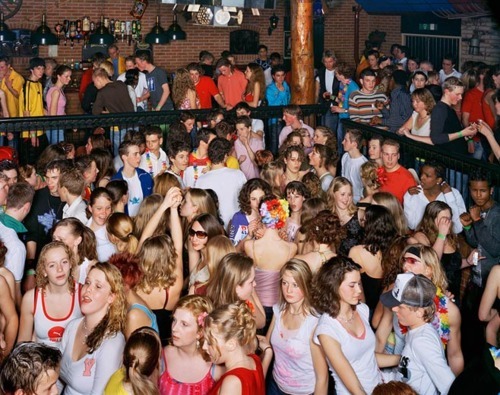
© Raimond Wouda from the series 'School', 2002-2007

© Raimond Wouda from the series 'School', 2002-2007
Could you tell us a bit more about your approach?
RW: The thing that fascinates me about the secondary school is the fact that is a closed world. I call it a micro-cosmos. The students are going there 5 to 6 days a week, they see the same people everyday, and the physical barrier is the fact that there is a fence that surrounds the schoolyard. In the development of a juvenile the secondary school plays a very important role because it’s the place were you will become aware of your identity. So in a way secondary school plays a major role on how people are formed, on how they develop as a person. In the environment of the secondary school the relationship with the other also plays an important role in the shaping of your identity.
It’s always about who am I and how am I dealing with the others. In which group or subculture I belong? Who are my friends? How do they look like? What kind of music do they listen to? What books do they read? All this question that you are going to ask yourself for the first time are related to the context of the secondary school.
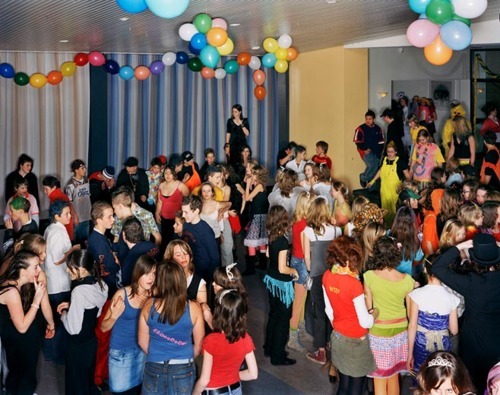
© Raimond Wouda from the series 'School', 2002-2007
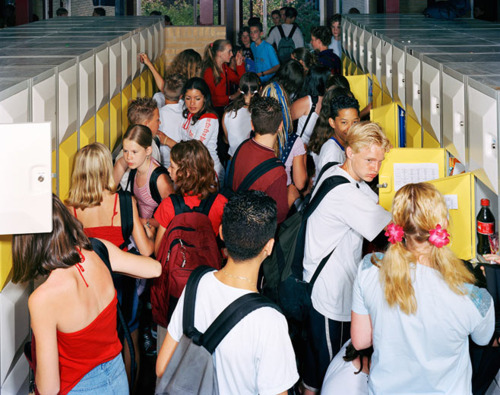
© Raimond Wouda from the series 'School', 2002-2007
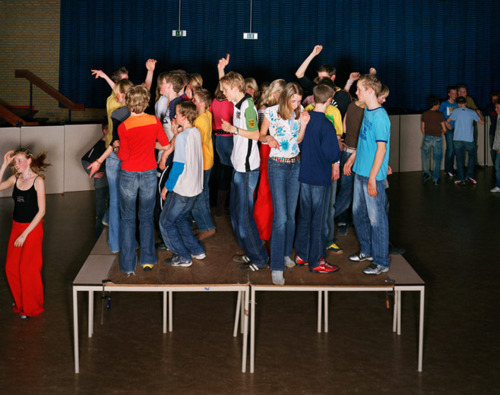
© Raimond Wouda from the series 'School', 2002-2007
In general, we can say that the secondary school is very meaningful; because it plays a major role in the consciousness of a person that his or her life is about me and the group. That’s why it was very important to show the individuals in the group, sometimes a bit more and sometimes a bit less. I am always showing groups, but at the same time if you look properly you can see the individuals as well. In a way it is about both.
I see your work being inspired by social and anthropological concerns. Is this attitude also true for your other series called In The Neighborhood?
RW: Yes, that is well observed, I am getting more aware of that as well. But if I look at all my projects I am always trying to deal with a micro-cosmos and their social and anthropological meanings. I have made a book with Henk Wildschut, Adam Doc”K, about the harbor of Amsterdam which is a particular world in itself, and the series In The Neighborhood is about a very special area that has its own specific codes as well. It was built in the twenties of the previous century with an idealistic approach how they wanted people to live. It has became a distinctive quarter where the boundaries of the inhabitants concerning their private live and public space is not so limited as it is in others. In Holland the private life is usually inside the walls of the house but there you can find it in the gardens and on the streets, as well. The project shows how the people use the public space as an extension of their living-room. It also reveals which role the architecture plays in relation to their social life.
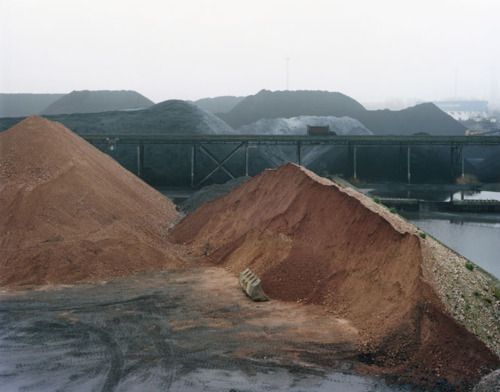
© Raimond Wouda from the series 'Adam's Dock', 2001-2006
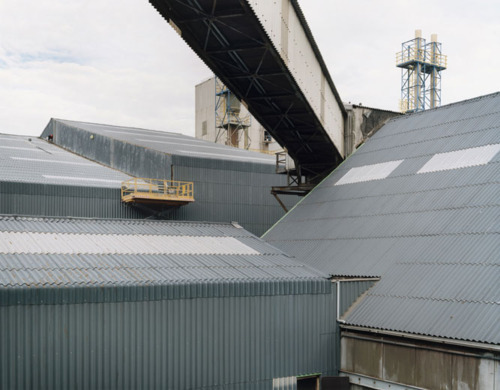
© Raimond Wouda from the series 'Adam's Dock', 2001-2006
I started this project because I was born there. I always felt a bond with the environment, with the district as a lot of my early memories are lying there. In that sense it’s a private matter for me as well. Where do I come from? How do I relate to that area now? What does this area means to me today?
I worked on the project ten years ago and lately I found out that the project wasn’t finished. So I started working on it again. I want to create a history of this neighborhood, this village of Amsterdam, from the garden’s point of view. The garden will be the main character and narrator. Both school and in the neighborhood are stories about a micro-cosmos. In my research all kind of sociological and anthropological questions are raised, and sometimes a bit answered. I would say they are more raised than answered.»

© Raimond Wouda from the series 'In the Neighbourhood', 1998-ongoing
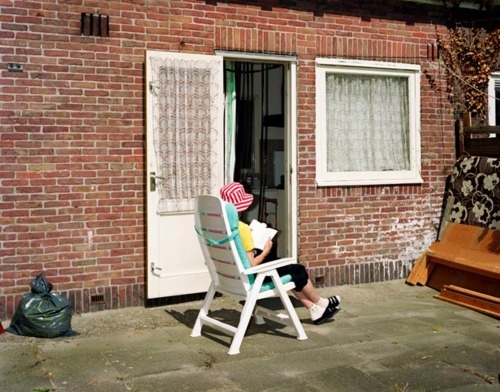
© Raimond Wouda from the series 'In the Neighbourhood', 1998-ongoing
Considering these issues how do you share your work with these communities?
RW: With the series In The Neighbourhood I want to make a book. It will get different layers. There is a historical layer, which is told from different private and institutional photographical series and the series I made in the beginning of 2000 and two contemporary series made by myself from which one is in collaboration with some of the inhabitants.
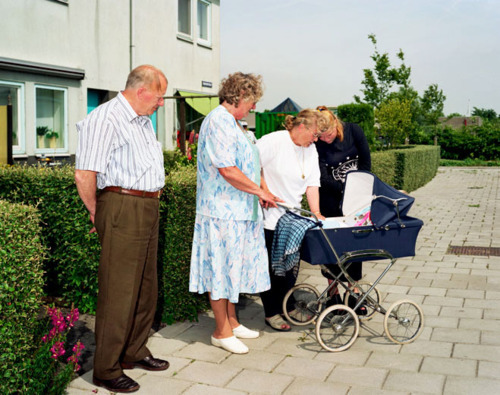
© Raimond Wouda from the series 'In the Neighbourhood', 1998-ongoing
For the historical layer I found a lot of interesting work in the city archive of Amsterdam. They are dealing with the construction of the district and some work is made when the first inhabitants just arrived. I also found some series which are made in the sixties and are showing how the gardens were used.
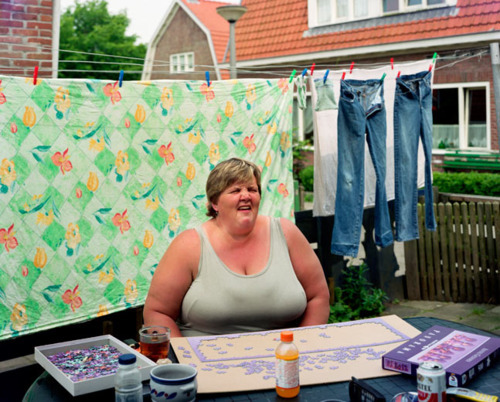
© Raimond Wouda from the series 'In the Neighbourhood', 1998-ongoing
It will end up being a book with different series of photography that all tell another story from a different point of view and add a specific layer to the complex story of the garden. The book will show that the role of the garden is changing throughout the years and that it has a different sociological meaning.
However I can imagine that if there will be an exhibition, it will be different from the book as every presentation forces you to tell the story in a different way. So I can’t say anything about how the exhibition will look like. For example, I made a book with Henk Wildschut which is called Sandrien and we made three different exhibitions with the same project. No exhibition looks the same.
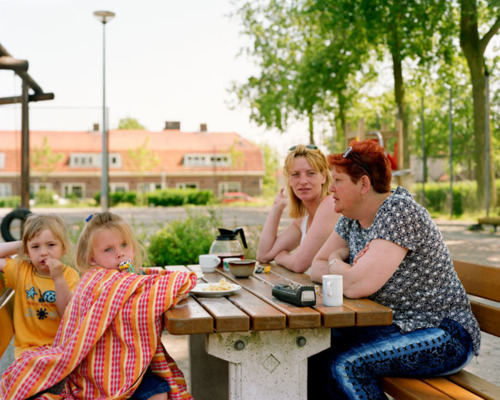
© Raimond Wouda from the series 'In the Neighbourhood', 1998-ongoing
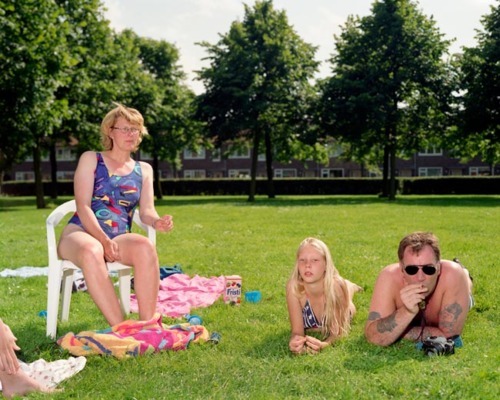
© Raimond Wouda from the series 'In the Neighbourhood', 1998-ongoing
---
LINKS
Raimond Wouda
The Netherlands
share this page
